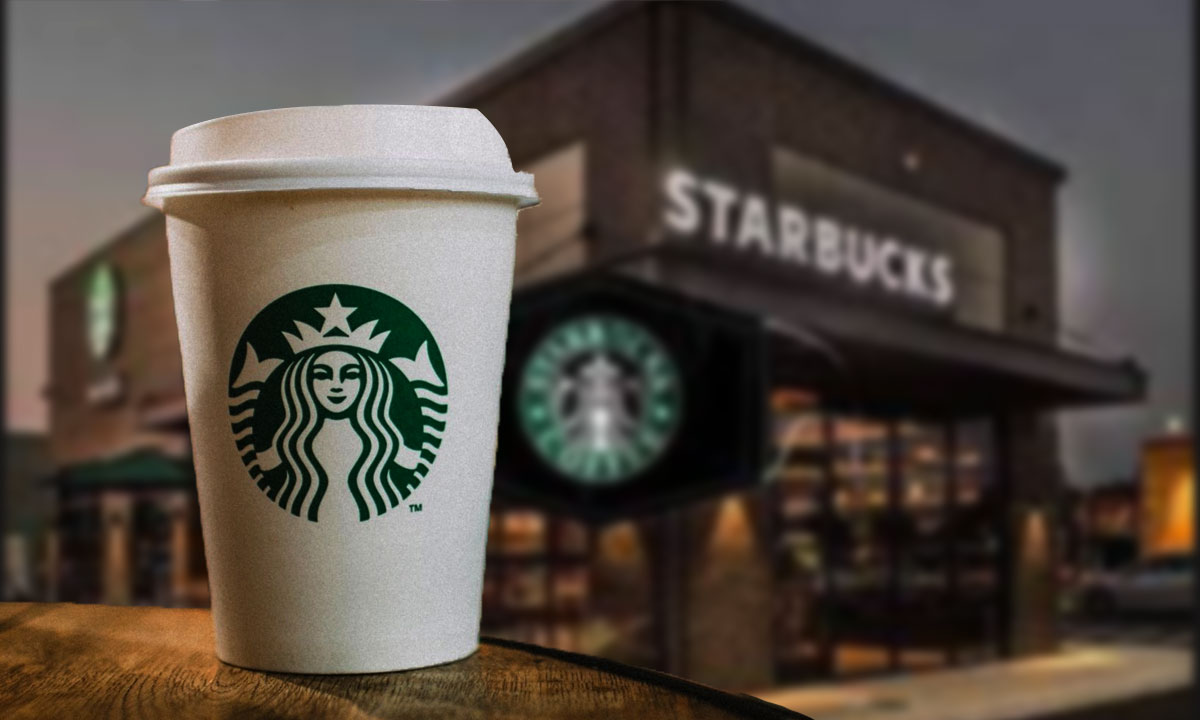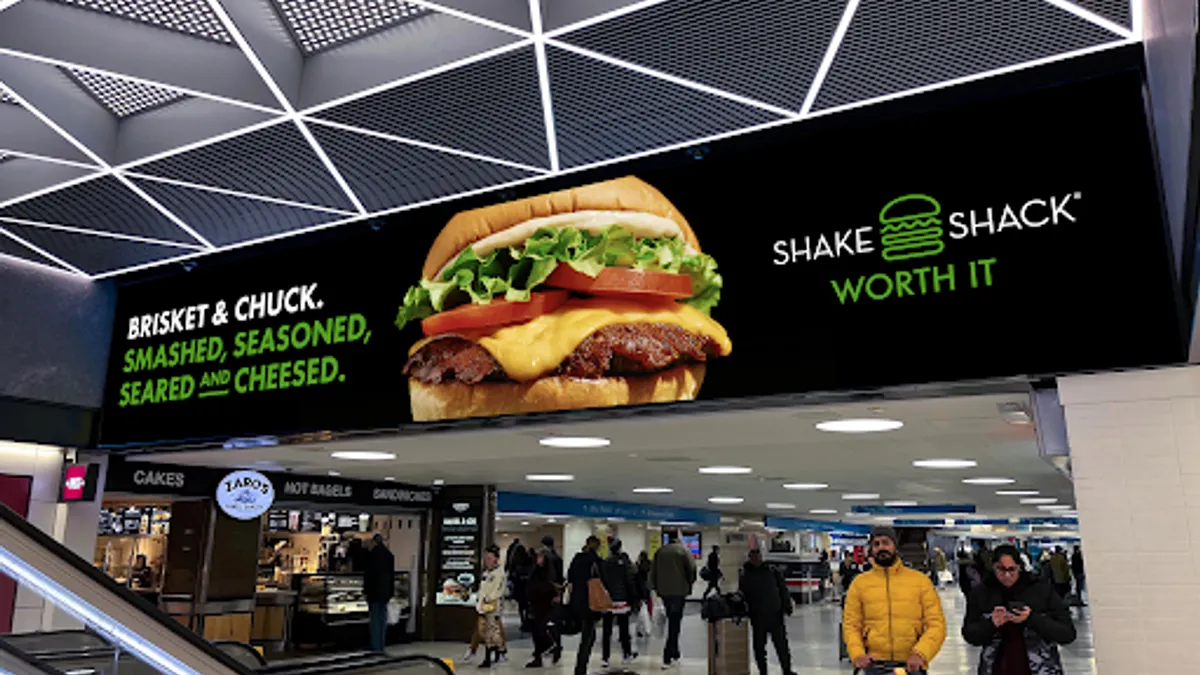Starbucks, one of the world’s most iconic coffeehouse chains, has long been synonymous with premium coffee, cozy atmospheres, and a distinct customer experience. However, in recent years, the company has faced several challenges, particularly related to declining traffic in its stores. As consumer behavior evolves, and competition in the coffee and quick-service restaurant industry intensifies, Starbucks has been forced to reassess its strategy. One of the most significant shifts is its return to a more premium identity, focusing on high-quality products, personalized experiences, and a stronger connection with its core customers. Here’s a closer look at how Starbucks is navigating these challenges and reaffirming its premium positioning.
1. Addressing Declining Foot Traffic
Like many other retail businesses, Starbucks has seen a decline in foot traffic, especially in its urban locations, which had previously been staples of its business model. The COVID-19 pandemic accelerated this trend, as consumers shifted to remote work, opting for more convenient options like drive-thru, mobile orders, and delivery. Additionally, changing economic conditions, with rising inflation and cost-of-living increases, have caused consumers to reconsider their discretionary spending.
In response to these traffic challenges, Starbucks has reimagined its approach to attract customers back into its stores. The company is focusing on enhancing its premium offerings, ensuring that customers feel they are getting value not just in terms of product quality but also in terms of the overall experience. For Starbucks, this means returning to its roots—emphasizing the elements that made the brand so successful in the first place: high-quality coffee, exceptional customer service, and a premium experience that customers can’t get elsewhere.
2. Elevating the Customer Experience
A major component of Starbucks’ return to a premium identity is the emphasis on a superior customer experience. The brand has long been known for its “third place” concept—the idea of creating a comfortable, welcoming environment for customers to enjoy their coffee away from home or work. While the pandemic pushed Starbucks to pivot to mobile ordering and drive-thru services, the company is now placing more emphasis on recreating that premium in-store experience, ensuring it matches the expectations of customers.
In 2025, Starbucks is investing heavily in upgrading its store designs and creating spaces that enhance the experience of each visit. This includes redesigning certain locations to offer more comfortable seating arrangements, increased in-store personalization, and an environment that encourages socialization and connection. Starbucks is also focusing on improving the overall ambiance of its stores, with lighting, music, and interior decor playing an important role in creating a more inviting atmosphere. These elements combined contribute to the brand’s premium identity, setting Starbucks apart from competitors in the crowded coffee shop space.
3. Revamping the Product Line with Premium Offerings
Another key component of Starbucks’ strategy to regain its premium identity is a renewed focus on high-quality, unique products. While Starbucks has long been known for its basic coffee offerings, the company is placing a stronger emphasis on more specialized drinks, unique ingredients, and higher-end offerings that cater to today’s discerning coffee drinkers.
The introduction of exclusive seasonal items, upscale beverages like the Nitro Cold Brew and high-end Reserve coffees, and limited-time collaborations with artisanal brands are part of this strategy. By offering exclusive products that are only available in certain locations or during specific times of the year, Starbucks is reinforcing its position as a brand that offers more than just your average cup of coffee. These premium offerings appeal to customers who are willing to pay more for a superior experience or a one-of-a-kind drink.
Starbucks Reserve Roasteries, a premium line of high-end, small-batch coffee, also plays a significant role in this strategy. These upscale locations serve not only as retail outlets but as immersive experiences, where customers can learn about coffee’s origins, engage in brewing demonstrations, and taste rare blends. By pushing the boundaries of what a coffee shop can offer, Starbucks is reasserting its premium brand identity while providing customers with a sense of exclusivity and luxury.
4. Targeting a More Affluent Demographic
Part of Starbucks’ return to its premium roots involves a conscious effort to appeal to a more affluent demographic that is willing to spend more on quality and experience. While Starbucks remains accessible to a wide range of consumers, the brand has increasingly positioned itself as a luxury coffee provider that offers more than just caffeine.
The company’s marketing efforts have been focusing on luxury positioning, with advertisements and branding that emphasize the craftsmanship behind its coffee. From the quality of the beans to the skill of its baristas, Starbucks is showcasing the artistry of coffee-making. Additionally, Starbucks has introduced a wider range of specialty products that appeal to consumers who are willing to invest in a higher-end experience, such as premium teas, sustainable coffee options, and plant-based alternatives.
By targeting a more affluent, quality-seeking customer, Starbucks is ensuring that its premium identity resonates with a key market segment. The emphasis on quality, sustainability, and unique offerings allows Starbucks to maintain its status as a luxury brand while balancing accessibility for everyday consumers.
5. Embracing Digital Transformation
Starbucks has been a leader in adopting digital tools to enhance the customer experience, and this is another area where the company is focusing its efforts as it reestablishes its premium identity. Starbucks’ mobile app, which allows customers to order ahead, earn rewards, and receive personalized offers, plays a central role in its strategy. Through the app, Starbucks can offer a highly personalized experience based on user preferences and purchasing habits.
The company is also exploring new digital touchpoints, such as advanced loyalty programs and augmented reality experiences, to create even more opportunities for customer engagement. By blending the physical and digital aspects of the brand, Starbucks is offering an elevated, premium experience that extends beyond the traditional coffee shop visit. For customers who crave convenience alongside quality, these digital tools make it easier than ever to enjoy Starbucks’ premium products on their own terms.
6. Sustainability as a Premium Selling Point
In addition to quality products and customer experience, sustainability has become an integral part of Starbucks’ premium identity. Today’s consumers are increasingly looking to support brands that are committed to sustainability, ethical sourcing, and environmental responsibility. Starbucks has long positioned itself as a leader in ethical sourcing, and the company is taking additional steps to reinforce this commitment as part of its premium branding.
From reducing its carbon footprint to sourcing high-quality, sustainable coffee beans, Starbucks is actively working to ensure that its environmental and social practices align with its premium positioning. As more consumers become concerned about sustainability, Starbucks is finding that offering eco-conscious products and sustainable practices can appeal to a growing demographic that values responsibility alongside luxury.




